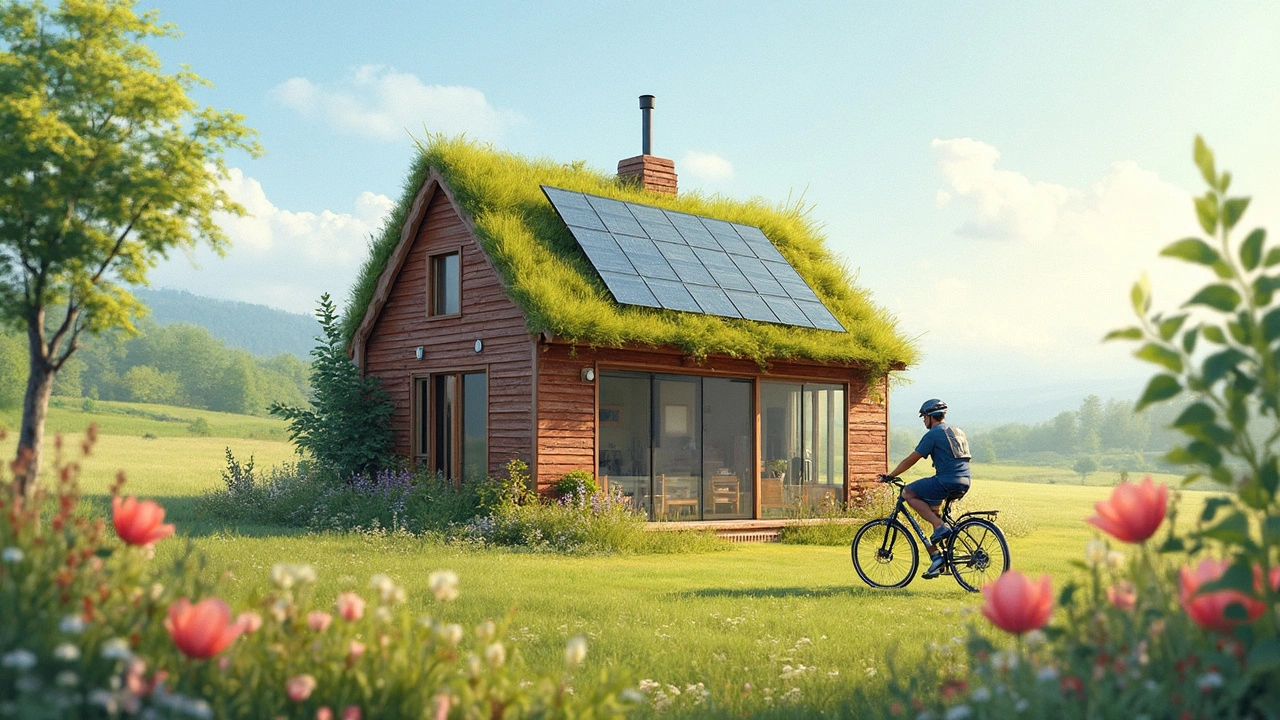Cheapest House Style: Find Budget‑Friendly Homes That Still Feel Cozy
Looking for a place that won’t break the bank but still gives you that homey vibe? You’re not alone. Many people think cheap means cheap‑quality, but the right style can save money and keep comfort. Below are the most popular cheap house styles, what makes them low‑cost, and quick tips to snag one.
What Makes a House ‘Cheap’?
Cheap isn’t just about the price tag. It’s about design choices that keep construction and running costs down. Simple rooflines, minimal exterior detail, and prefabricated panels all cut labor and material expenses. Smaller footprints also mean less heating, cooling, and maintenance. When you focus on these factors, the overall spend drops dramatically.
Top Cheap House Styles to Consider
Tiny houses – These compact homes usually sit under 400 sq ft. Because they’re small, you can often buy a pre‑built unit for a fraction of a traditional build. Look for models with lofted sleeping areas to maximize space without adding square footage.
Modular homes – Built in a factory, then assembled on site, modular houses avoid weather delays and waste. The controlled environment also means tighter quality control, which can lower long‑term repair costs.
Prefabricated (Prefab) cottages – Similar to modular homes but often delivered as a kit you can put together yourself. DIY kits can shave off thousands of pounds in labor fees.
Traditional stone or brick cottages (budget version) – In the UK, older stone cottages are sometimes sold at very low prices because they need updating. If you’re handy, a simple renovation can turn a cheap fixer‑upper into a charming home.
Simple ranch‑style homes – One‑story, rectangular layouts with a flat roof keep the design straightforward. Less roof surface means lower material costs, and the layout is easy to expand later if needed.
How to Spot a Real Deal
First, check the land price. Even a cheap house can become expensive if the plot sits in a high‑demand area. Look for plots that are a bit farther from city centres but still have good transport links.
Second, compare the total build cost, not just the headline price. Some builders quote low numbers but add extra fees for utilities, foundations, or planning permissions.
Third, ask about insulation and energy‑efficient windows. Cutting your heating bill by even a small amount pays back quickly on a low‑budget home.
Finally, don’t ignore the resale potential. A well‑located cheap house can increase in value faster than a pricey, poorly placed property.
Quick Cost‑Cutting Tips
- Use reclaimed timber or recycled bricks for a unique look and lower material costs.
- Keep the roof simple – gable roofs are cheaper than elaborate dormers.
- Opt for open‑plan interiors; you’ll need fewer walls and less plaster.
- DIY where you can – painting, flooring, and landscaping are easy projects for beginners.
- Consider off‑season building; many contractors lower rates during winter months.
Finding the cheapest house style doesn’t mean you have to settle for a shoebox. With the right design, smart buying, and a little DIY spirit, you can own a comfortable, affordable home that fits your budget and lifestyle.
Least Expensive House Style to Build: Eco-Friendly Cottage Guide
Curious about the most budget-friendly house styles? This article cuts through the noise and looks at which style of eco-friendly cottage is cheapest to build, and why. Learn what influences building costs and discover tips to keep your project affordable. Plus, check out practical ideas for sustainability without blowing your budget. Get ready to build smart, simple, and green.
- May, 4 2025
- 0 Comments
